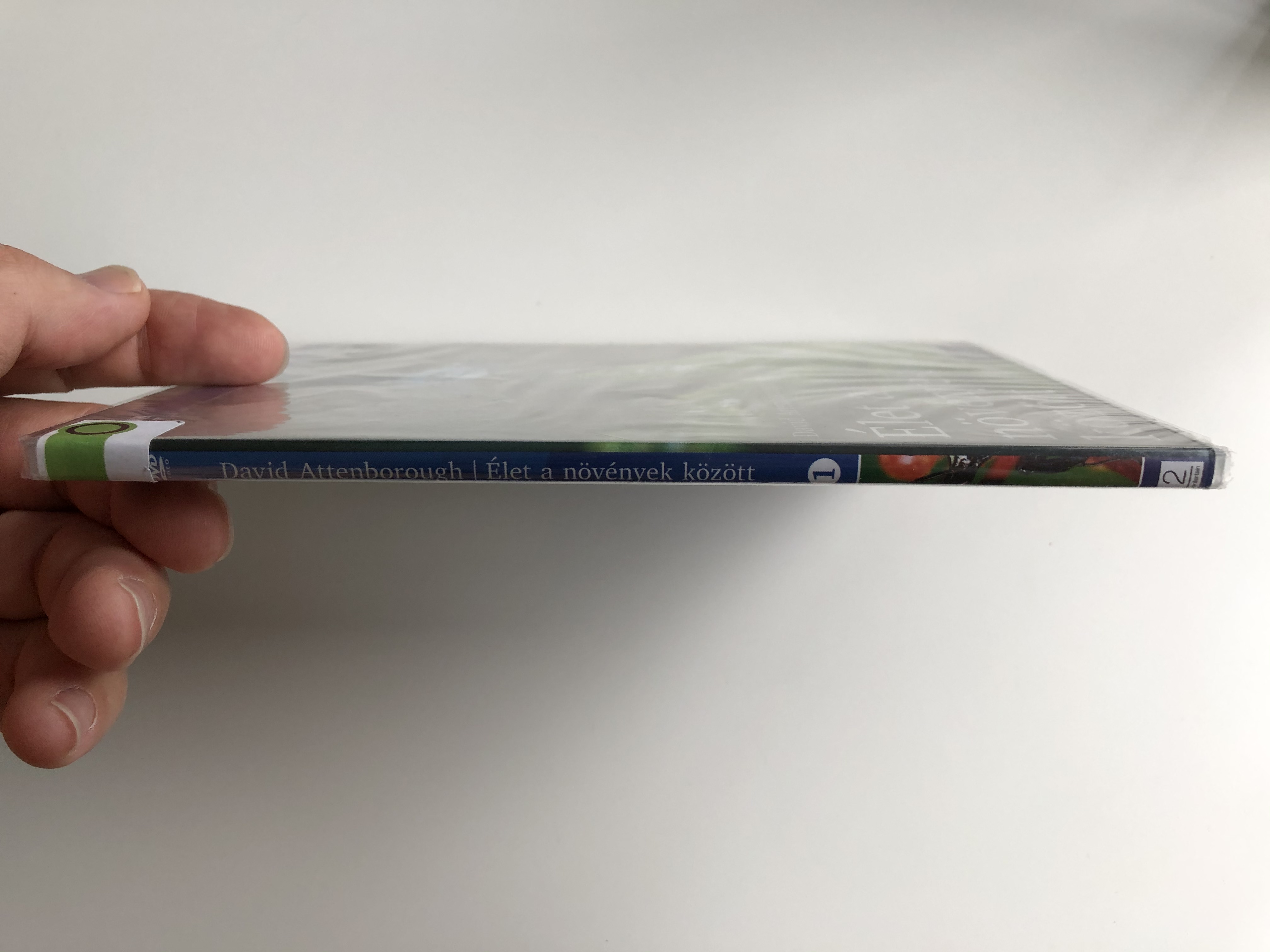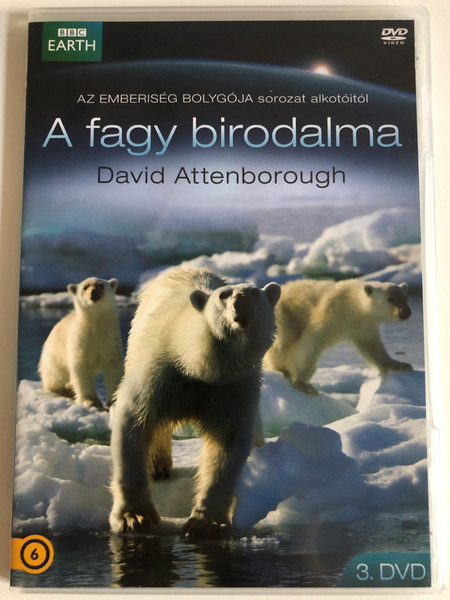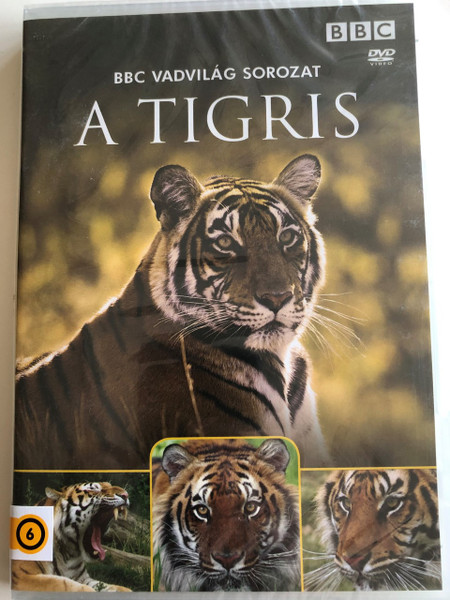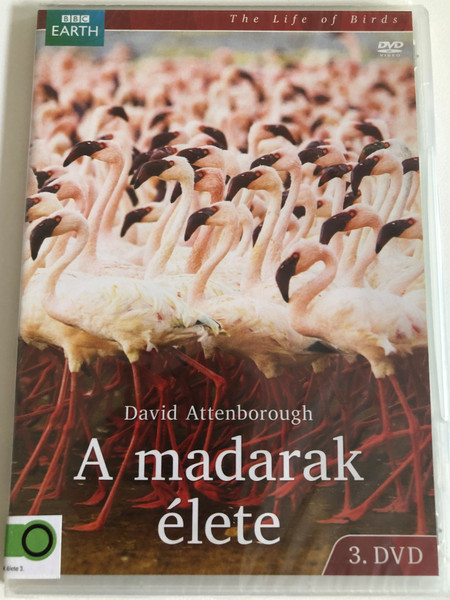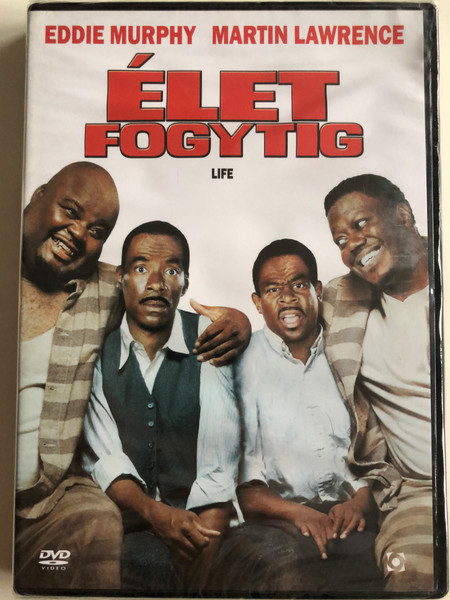Description
Life in the undergrowth DVD 2005 Élet a növények között 1. DVD / BBC Earth / Directed by Directed by Peter Bassett, Mike Salisbury, Bridget Appleby, Stephen Dunleavy / Presented by David Attenborough
UPC 5996473010606 / 5999016370977
MADE IN HUNGARY
REGION 2 PAL DVD
AUDIO: Englishh 2.0, HUNGARIAN 2.0
TOTAL RUNTIME: 149 MINUTES
English Summary:
Life in the Undergrowth is a BBC nature documentary series written and presented by David Attenborough, first transmitted in the UK from 23 November 2005.
A study of the evolution and habits of invertebrates, it was the fifth of Attenborough's specialised surveys following his major trilogy that began with Life on Earth. Each of the five 50-minute episodes looks at a group (or aspect) of the creatures using innovative photographic techniques.
The series was produced in conjunction with Animal Planet. The executive producer was Mike Gunton, the series producer Mike Salisbury, and the music was composed by Ben Salisbury and David Poore. The Chief Scientific Consultant was Dr. George McGavin.
Episodes on Disc / Epizódok a lemezek:
| No. | Title | Original air date | |
|---|---|---|---|
| 1 | "Invasion of the Land" | 23 November 2005 | |
|
|
|||
|
Original footage includes predation by a velvet worm.
|
|||
| 2 | "Taking to the Air" | 30 November 2005 | |
|---|---|---|---|
|
|
|||
|
A hoverfly in flight
|
|||
| 3 | "The Silk Spinners" | 7 December 2005 | |
|---|---|---|---|
|
|
|||
The third instalment examines the spiders and others that produce silk. Attenborough visits New Zealand's Waitomo Caves, which are inhabited by fungus gnats whose illuminated larvae sit atop glistening, beaded filaments to lure their prey. The ability to spin silk developed early in the invertebrates' history, being first used as an adhesive. The female lacewing still applies it in this way, to suspend its eggs from plant stems. Spiders first employed it as a sensitive trip line to detect movement, and Attenborough illustrates this by encouraging a trapdoor spider. The speed with which it appears causes the presenter to jump in surprise. The webs spun by orb-weavers are complex and can comprise up to 60 metres of silk and 3,000 separate attachments. A time-lapse sequence reveals their intricate construction. The largest are made by Nephila and can be several metres across. The venomous redback spins three-dimensionally, and fixes vertical lines that suspend its unlucky meals in mid-air. Meanwhile, a bolas spider swings a length of silk with a sticky blob on the end, with which to snare passing moths. Argiope exemplifies the dangers of mating that are faced by some male spiders: unless they are careful, they can be consumed by the females. The courtship of the wolf spider, though less risky, is one of the more elaborate. Its nesting habits are discussed, along with the eventual birth of its young, which cling to their mother's back.
Hungarian Summary:
A sorozat első DVD-je a növények között élő lények csodálatos képességeit vizsgálja. Egy világ amelyben titkok és meglepetések nyüzsögnek. Vessünk egy pillantást a gerinctelenek bizar, kegyetlen és meglepően gyönyörű világára! Fedezzük fel ezt a sosem látott, mégis állandóan körülöttünk nyüzsgő, káprázatos, apró univerzumot! Nem csak különféle bogarak, hanem egzotikus kabócák, neon fényű férgek, különös selyemfonó pókok és irizáló szitakötők – nem is említve egy csomó más, hihetetlen életformát és titokzatos, meghökkentő viselkedést. Hála a filmes technológiák fejlődésének, ez a kavargó, végletekig szervezett világ végre különleges lakóinak szemszögéből is elénk tárul. A DVD-n található epizódok: A szárazföld meghódítása, Először a levegőben, A selyemszövés mesterei.
| Genre | Nature documentary |
|---|---|
| Directed by |
|
| Presented by | David Attenborough |
| Composer(s) | David Poore Ben Salisbury |
| Country of origin | United Kingdom |
| Original language(s) | English |
| No. of episodes | 5 |
| Production | |
| Executive producer(s) | Mike Gunton |
| Producer(s) | Mike Salisbury |
| Running time | 50 minutes |
| Production company(s) |
|
| Release | |
| Original network | BBC One |
| Picture format | 576i (16:9) |
| Audio format | Stereophonic |
| Original release | 23 November – 21 December 2005 |
| Chronology | |
| Preceded by | The Life of Mammals |
| Followed by | Life in Cold Blood |










